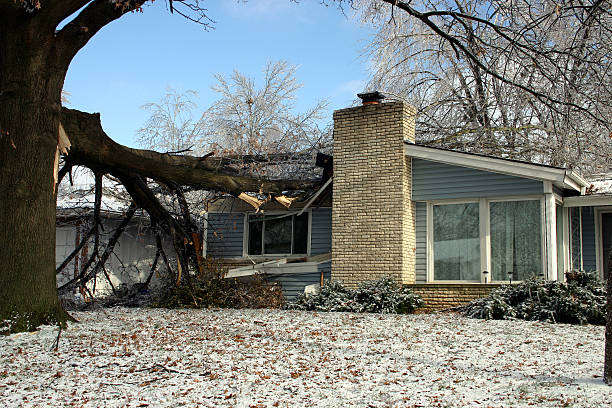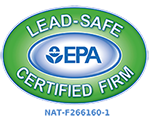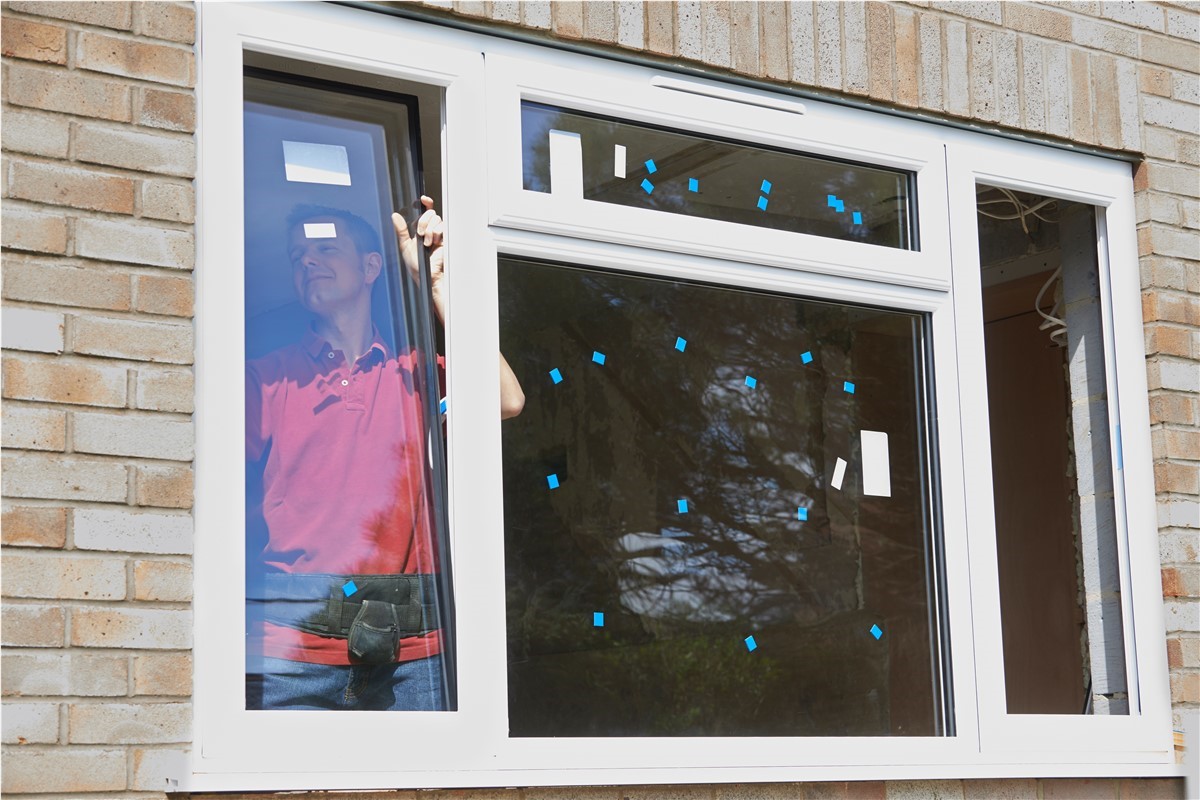You just had a hail storm in your neighborhood, a tree branch fell on your roof, or maybe you found pieces of roofing shingles in your yard. Many homeowners will immediately contact their insurance company. Before you call, it’s good to know what to expect. Siding and roofing insurance claims for homeowners can be intimidating and difficult to conceptualize. Each step of filing and navigating insurance claims can be daunting. But the first step to understand is when to file an insurance claim. Then, you can start to understand the process and what to expect.
Do I Have An Insurance Claim?
Sometimes the damage to your siding or roof may not be enough for an insurance claim. Other times, the damage may not qualify for an insurance claim. The siding and roof damage covered by your insurance will depend on the policy’s terms and the reasons for the repair or replacement. When determining whether an insurance claim will be covered you will want to ask yourself (1) is the damage a covered loss and (2) do I have a claim worth filing?
Is My Siding or Roof Damage a Covered Loss?

Covered losses include, and are not limited to, damage from wind, hail, lightning strike, wind blown debris, weight of ice and snow or fire. For a loss to be covered by insurance, it should meet this first standard.
The next standard is that the loss must be both sudden and accidental. It has to meet both of these requirements. This means that general wear and tear will probably not be covered by your insurance because while it could be seen as accidental, it is not sudden. A tree falling on your roof or your siding would be covered, however damage caused by a tree branch rubbing against your siding and causing damage over time, will not. A clear example is hail damage to your roof. A hail storm is obviously both sudden, and accidental. However, the hail itself must cause real damage to the shingle for the loss to be covered.
Is My Siding or Roof Damage a Claim Worth Filing?

Let’s say that you determine you do indeed have a covered loss that is both sudden and accidental. The next step is to determine the claim value. Just because your claim is covered doesn't always mean you have a claim worth filing. This is because most insurance policies will have a deductible, a minimum amount you must pay before insurance will kick in and cover the cost. Say, for example, your deductible is $1,000. This means you must pay for the cost of the damage up to $1000. If the cost is under $1000 then insurance will not kick in. If the damage is below the deductible you can still file a claim but this will be a Zero Pay Claim. In a Zero Pay Claim, the loss is technically covered, but your insurance company simply doesn’t owe anything. Zero Pay Claims could negatively affect your insurance coverage in the future. This is why we recommend homeowners call a siding or roofing contractor to inspect the damage before filing a claim. As a siding and roofing contractor, we will send out a WestPro Project consultant to do a free inspection of all the potentially damaged components of the home. We will determine whether the damage is extensive enough to warrant an insurance claim.
Insurance Claims: The Process
If your home has experienced a covered loss which is worth filing, the next step is to call in your claim and schedule a claim adjuster to inspect damages. Your insurance will then send out someone to inspect the damage and determine whether or not to approve your claim and provide an estimate for the cost of the damage.
My Claim is Filed, Now What?
After determining that you have a claim, your insurance provider will start the process of fulfilling your policy and coverage. Most homeowners policies in Colorado are replacement cost policies.
Which means the insurance company will pay the cost of replacement, less the deductible. You owe the deductible amount. The rest of the money will come from the insurance company, typically in two payments.

If you want to use your replacement cost benefit, the next step is to hire a contractor of your choice and complete the work. Once the work is complete a final invoice will be provided to the insurance company, typically from the contractor. This final invoice is critical to the process. Here is why: the invoice signals to the insurance company that you have elected to employ your replacement cost benefits under your policy. The insurance company will then release what insurance providers call the recoverable depreciation amount. This is the second payment and is only paid after the work is completed and invoiced to your insurance provider.
The first payment is known as the actual cash value payment (ACV). The ACV represents the depreciated value of the products on your home. This means your insurance provider will pay you the actual cash value of your roof or siding at the time of the damage. To calculate the cash value, your insurance provider will determine how old your product was at the time of the loss then they calculate the depreciation cost based on the age. For example, if you have a 20 year warranty rated shingle and the roof is 10 years old, the claim would be depreciated by 50%. Specifically, if a comparable roof was worth $20,000, then your insurance provider may say the roof value was actually worth $10,000 at the time of the loss. Most important to note, however, is that you will receive this first payment before any work is done.
Now, as a homeowner, you have a decision to make. Do you want to fix your property or not? If you choose to get your work done, you would be completing the work under what is called the replacement cost benefit. As a typical benefit under home insurance, this allows homeowners to cover the cost of full replacement instead of just being made whole for the value of your old siding or roof.
Now if you add your second payment plus your first payment (the ACV) plus your deductible the total would be the replacement cost value of your claim. This is the full claim total. See below for an example of a very typical $10,000 claim for a 30 year warranty roof that is 10 years old.
Insurance Claim Example
$6,000 | Net Claim or Actual Cash Value Payment is the depreciated amount of the settlement and is typically the amount of the first check issues by the insurance carrier |
|---|---|
$1,000 | Deductible is your minimum cost and is to be paid directly to your contractor |
$3,000 | Recoverable Depreciation is the part of the settlement that is withheld until work is completed. This payment is made once you, or your contractor provide an invoice to the insurance carrier. The check is typically paid to you, so that you can then pay your contractor. |
$10,000 | Replacement Cost Value is the total cost for replacement and claim amount according to your insurance settlement |
Before you file an insurance claim, call a siding and roofing expert for a free inspection. Reach out to WestPro today.
Subscribe to WestPro's Blog










Comments